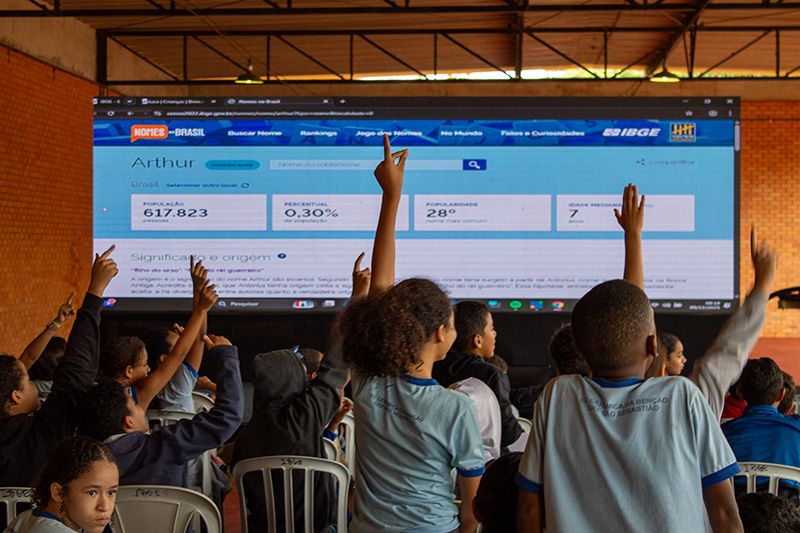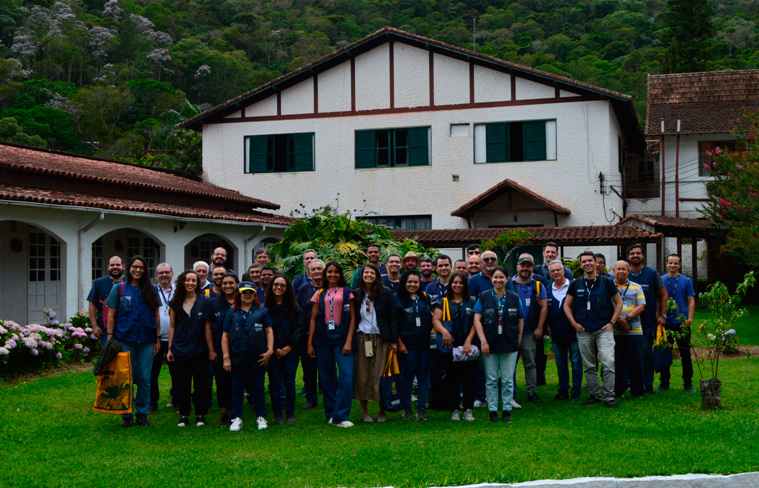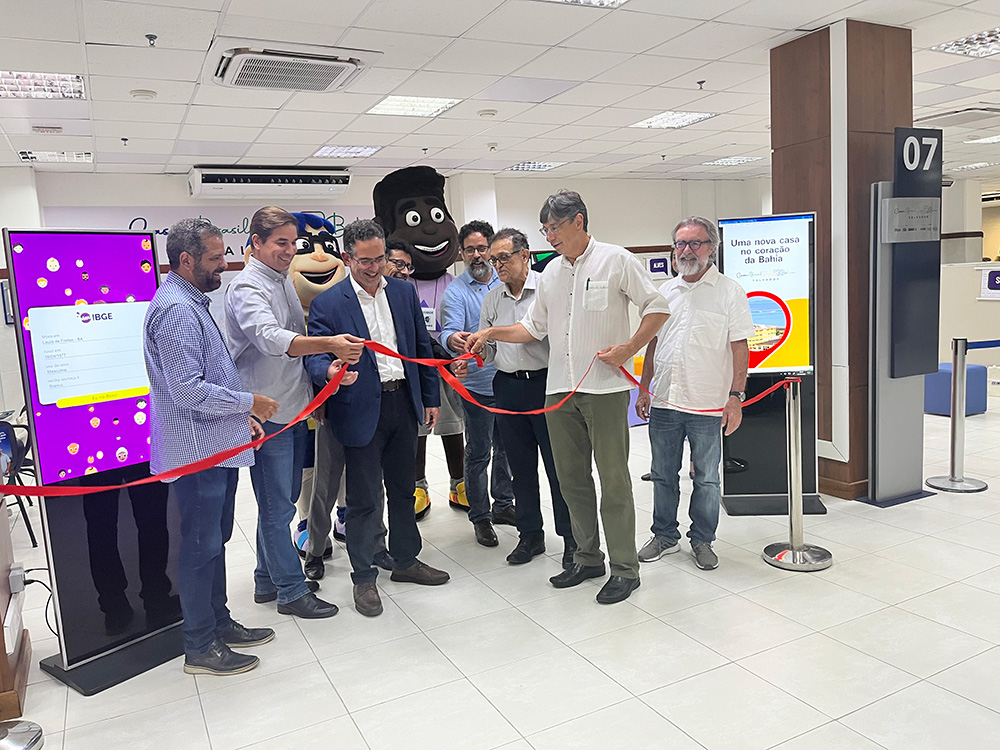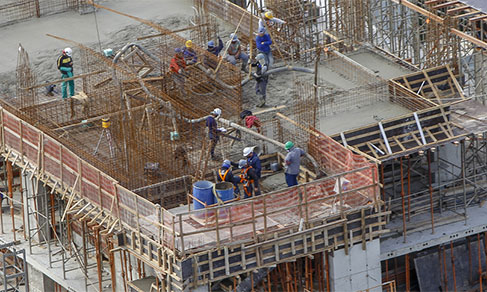PNAD COVID19
Pandemic leaves 9.7 million workers unpaid in May
June 24, 2020 02h00 PM | Last Updated: July 08, 2020 11h30 AM
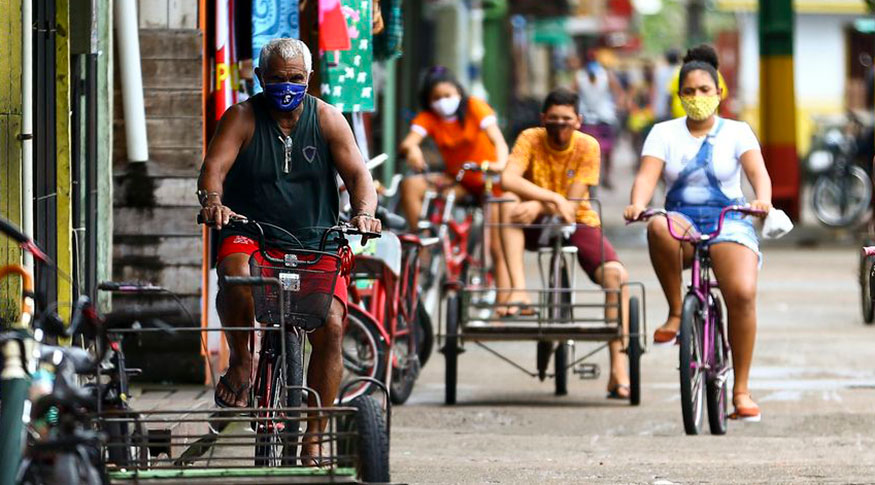
The social distancing due to the Covid-19 pandemic left 9.7 million workers unpaid in May 2020. This corresponds to more than half (51.3%) of the people who were away from their duties and to 11.7% of the country's employed population, which totaled 84.4 million.
The information is from the first monthly edition of PNAD COVID19, released today (24) by the IBGE. The survey is a version of the National Household Sample Survey (Continuous PNAD), carried out with support from the Ministry of Health, to identify the impacts of the pandemic on the labor market and to quantify the persons with symptoms associated with the disease.
“We already knew that there was a portion of the population away from their duties and now we know that more than half of them were left unpaid. These are people who are counted in the workforce, but whose wages are suspended. This is not favorable and has an effect on the wage bill, which is estimated below R$200 billion”, commented the deputy director of surveys at IBGE, Cimar Azeredo.
The survey showed that 19 million people (or 22.5%) were away from duty, of whom 15.7 million (or 18.6%) were away due to social distancing. In addition, the age group with the highest proportion of people away from work was that of 60 years old and over: 27.3%.
Domestic workers without a formal contract were the most affected ones. They had the highest percentage of people away due to the pandemic (33.6%), followed by non-statutory officials without a formal contract (29.8%) and private sector employees without a formal contract (22.9%). Among the domestic workers with a formal contract, the percentage of those on leave was 16.6%.
“Clearly, domestic workers without a formal contract were the most affected by the pandemic. A significant portion of them have an average income below the minimum wage. Those with a formal contract were less affected because they have more stability”, explained Mr. Azeredo.
Remote work prevails for higher degree workers
Of the total employed population, 65.4 million (77.5%) were not away. Among those, 8.7 million were working remotely (13.3%). The higher the level of education, the greater the percentage of people who worked from home. For people with complete higher education or postgraduate degrees, 38.3% were working from home; those with complete secondary education and incomplete higher education, 7.9%; complete primarry and incomplete primary school, 1.7% and uneducated or with incomplete primary school, 0.6%.
According to Mr. Azeredo, "this was already expected, as higher degree workers are involved in activities that are more likely to be carried out remotely, such as teachers, analysts, IT technicians, etc."
Average actual work hours drop and workers' actual earnings stays 18.1% lower
The number of hours worked for people who were employed and not off-duty fell: 27.9% of them actually worked less hours than usual (18.3 million), causing the average to decrease from 39.6 usual hours per week to 27.4 hours actually worked. However, for 2.4 million workers, or 3.6% of the employed who were on duty, the average hours worked increased.
The actual earnings of workers also fell, standing nearly 18% lower than usual. The usual income from all jobs in the country was, on average, R$2,320 and the actual income was R$1,899, that is, the actual amount represented 81.8% of the usual earnings.
According to the survey, in Brazil, 38.7% of the households received some assistance related to the pandemic. The average amount received was R$847. Among the benefits are the Emergency Aid and the complementation of the Government by the Emergency Program for the Maintenance of Employment and Income.
More than 28 million people did not go job searching due to the pandemic
In May, there were 75.4 million people out of the workforce in Brazil, of whom 34.9% did not seek work, but would like to work, and 24.5% did not seek it mainly due to the pandemic or because there was a lack of job offer in the locality where they lived, but they would also like to work.
Adding the population out of the workforce who would like to work, but who did not look for work, to the unemployed population, we have 36.4 million people exerting pressure on the labor market. When the reason for not looking for a job was the pandemic or lack of job offer in the locality, the total was 28.6 million people.
Mr. Azeredo analyzes that the Covid-19 crisis has inflated the potential workforce. "This phenomenon mainly affects people with higher education, blacks and browns and adults aged 30 to 49", he explained.
More than 4 million people reported symptoms related to Covid-19
PNAD COVID19 constructed a summary indicator that combined, among the investigated symptoms, those most related to Covid-19. The sets of symptoms were: loss of smell or taste, or cough and fever and breathing difficulties, or cough and fever and chest pain.
The IBGE deputy director of Surveys explains the elaboration of this summary indicator was based on studies recommended by the CDC - Control Disease Center, on the observation of international experiences and on the consultation with Brazilian specialists from Inca, the Ministry of Health, Fiocruz, the UFMG nursing school staff. “These are the symptoms related to the flu syndrome. The July survey will include other symptoms, such as diarrhea,” adds Mr. Azeredo.
The results indicated that 4.2 million people (or 2% of the population) had combined flu-like symptoms that could be related to Covid. The symptoms were reported by the residents and medical diagnosis was not required.
Black or brown people represented 70% of those who had one of the combined symptoms, and women represented 57.4%. By age distribution, the highest percentage was among people between 30 and 59 years old (55.2%), followed by the group between 20 and 29 years old (21.1%) and elderly people aged 60 or over (11.1% ).
Among those who had combined symptoms, 31.3% (or 1.3 million people) sought for care at a health facility. Most of them went to public health establishments (health centers, family health programs, UPA- Emergency Care Units, SUS Emergency Rooms or Hospitals): 78.2%.
In addition, 13.5% (61 thousand) of people who sought care in hospitals with one of the combined symptoms needed to be hospitalized, and of these, 36.1% (22 thousand) needed to be sedated, intubated and ventilated.














